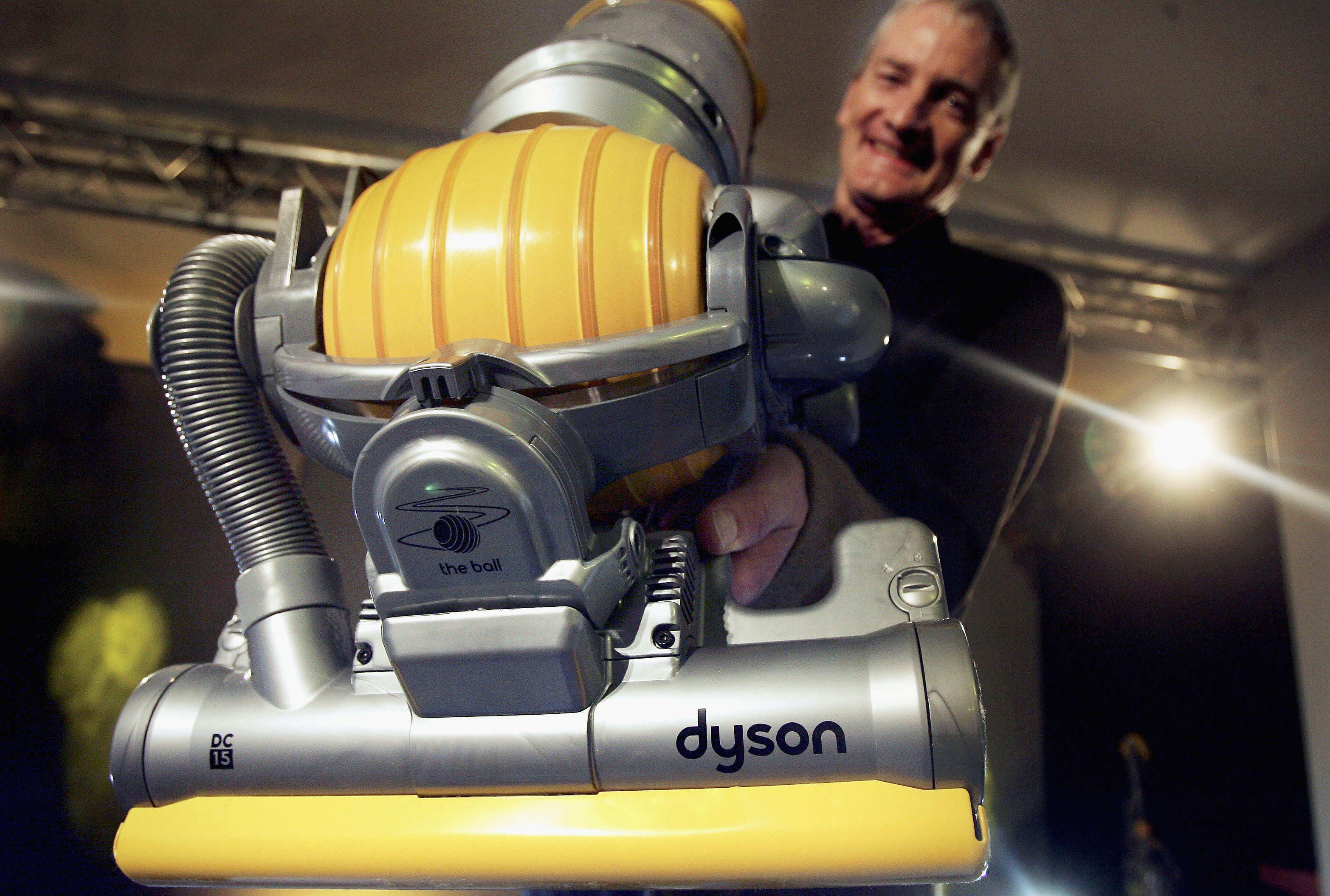
The British company, most famous for its bagless vacuum cleaner, claims that independent testing has shown that machines made by Bosch and Siemens could draw more than 1600W of power when used in the home despite having a rating of 750W.
Dyson says the machines work at a lower power setting when there is no dust, as is the case in testing situations.
It claims the Siemens Q8.0 and Bosch GL80/In’Genius ProPerform models use a sensor which sends signals to the motor to increase its power as the machine sucks up dust.
This would mean a rating as high as AAAA in test conditions could drop to an E or F in the home.
Dyson said: “Consumers purchasing these machines on the basis of their widely advertised stated AAAA rating are being misled.
“Dyson has issued proceedings against Siemens in Germany and Belgium and Bosch in the Netherlands and France.”
Sir James Dyson said: “Bosch has installed control electronics into some of its machines to wrongfully increase energy consumption when in use – to cheat the EU energy label.
“Their behaviour is akin to that seen in the Volkswagen scandal.
“It seems that industry is rife with manufacturers engineering to find their way around tests, rather than engineering better, more efficient technology. This behaviour is seriously misleading customers.”
Bosch said it “strenuously rejected” Dyson’s allegations.
A statement from BSH Home Appliances, on behalf of Bosch and Siemens, said: “All Bosch and Siemens vacuum cleaners are measured in compliance with European energy regulations.
Appliance performance at home is consistent with laboratory performance – and any suggestion to the contrary is grossly misleading.
“The purpose of energy labelling is to give consumers a clear and independently-validated indication of energy consumption and broader performance criteria. We have a long and proud tradition of stringent testing.
“We are committed to providing full disclosure on the energy ratings and broader performance of our vacuum cleaners so that consumers can make an informed decision. For reasons we fail to understand, this is not something that Dyson choose to do.
“European Commission regulations and energy labelling on vacuum cleaners provide a valuable and reassuring guide that benefits the consumer. We believe that clear, accurate and independent performance information should be available to all consumers – and we are proud to share this.”

Enjoy the convenience of having The Sunday Post delivered as a digital ePaper straight to your smartphone, tablet or computer.
Subscribe for only £5.49 a month and enjoy all the benefits of the printed paper as a digital replica.
Subscribe